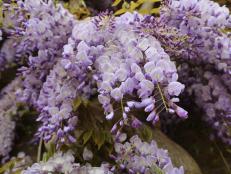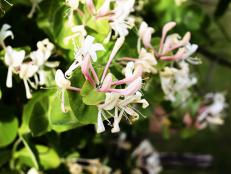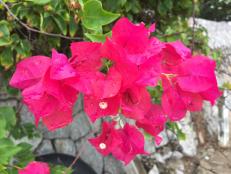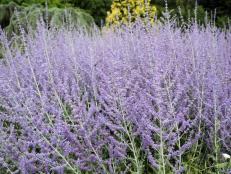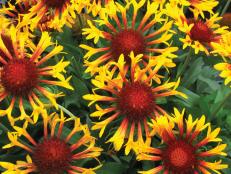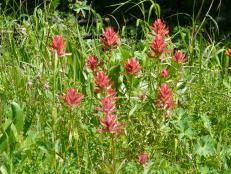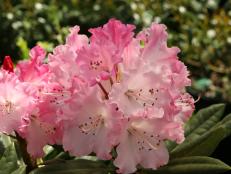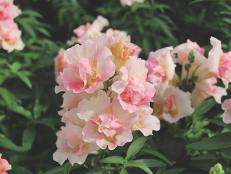Growing American Wisteria
Keep this breathtaking flowering vine in check by choosing the native variety.
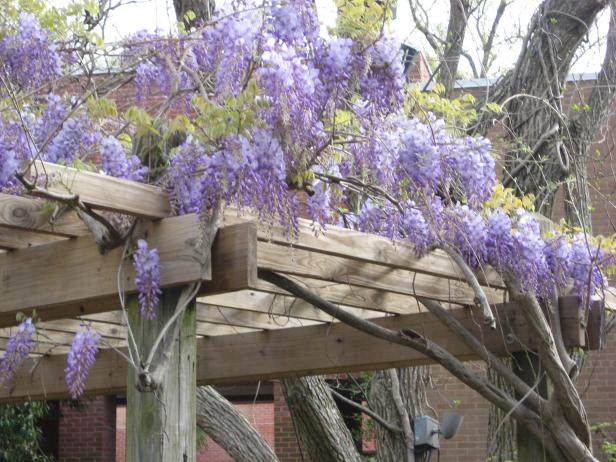

Nothing says the South quite like a front porch shrouded in a springtime veil of lavender drooping wisteria. The sugary scent of this perennial vine’s flower heralds the start of a much-anticipated gardening season.

Yet, as much of the country has come to realize, wisteria—like kudzu, honeysuckle and other flowering beauties—can be an utter nightmare. Both the Chinese (Wisteria senensis) and Japanese (Wisteria floribunda) species are extremely invasive enemies, smothering and choking out every plant in their path, yanking down trees and creating dense thickets if left unchecked. No doubt, these spectacular vines are coveted for their breathtakingly fragrant, pendulous blossoms in lavender, pink and white.
But gardeners seeking to add one of these gorgeous vines to that newly built arbor or pergola first need to consider the bigger environmental picture—not just their own little backyard snapshot.
The good news, however, is that there is a far less invasive alternative to the Asian wisterias that is easier to control: American wisteria, Wisteria flutescens. This woody, deciduous climber is native to low-lying areas of the southeastern United States. While still an aggressive plant, American wisteria grows only two-thirds as tall as its Asian cousins, and its racemes, or pendulous blossoms, are half as long, rounded and more compact—resembling bunches of grapes. And although for the most part its flowers don’t emit the wonderfully sweet fragrance of the Asian species, this species is a repeat bloomer and—best of all—is valued for its manageability.
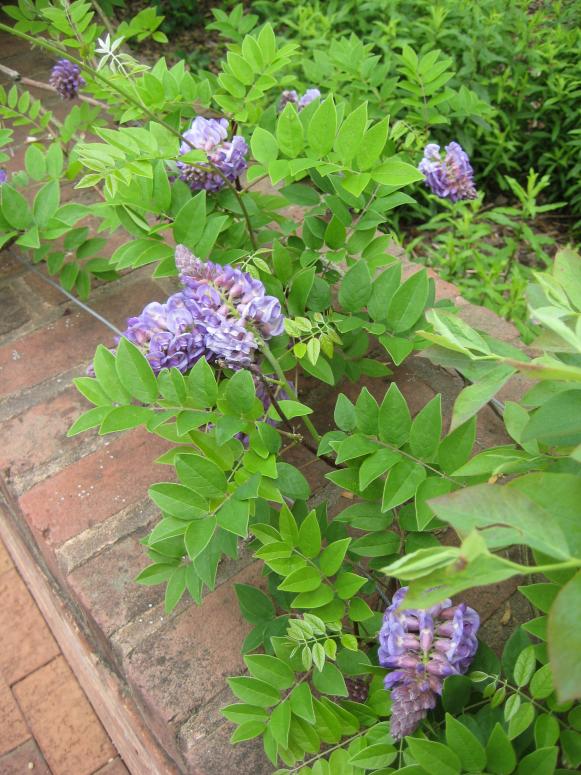
One type in particular has gained widespread popularity in the trade: Wisteria frutescens ‘Amethyst Falls’. Sporting bright green foliage that is pest-resistant, this cultivar produces blue 4- to 6-inch racemes that are fragrant and can reach 30 feet or more. Yet it is far less vigorous than most wisterias. Hardy to zone 5, ‘Amethyst Falls’ blooms its first year—unlike its Asian cousins, which can take 10 years—but typically several weeks later than the others, allowing it to bypass the threat of a late frost. And unlike other wisterias, it offers a repeat bloom in late summer or early fall.
Deer-resistant, ‘Amethyst Falls’ is an ideal choice for fences, arbors and pergolas if given full sun to part shade. It can even be trained to grow as a free-standing tree if tied to a 6-foot stake.
Fun fact: Have trouble telling the difference among the various species of wisteria? Here’s one clue: The vines of Japanese and American types twine clockwise, while the Chinese type twines counterclockwise.







